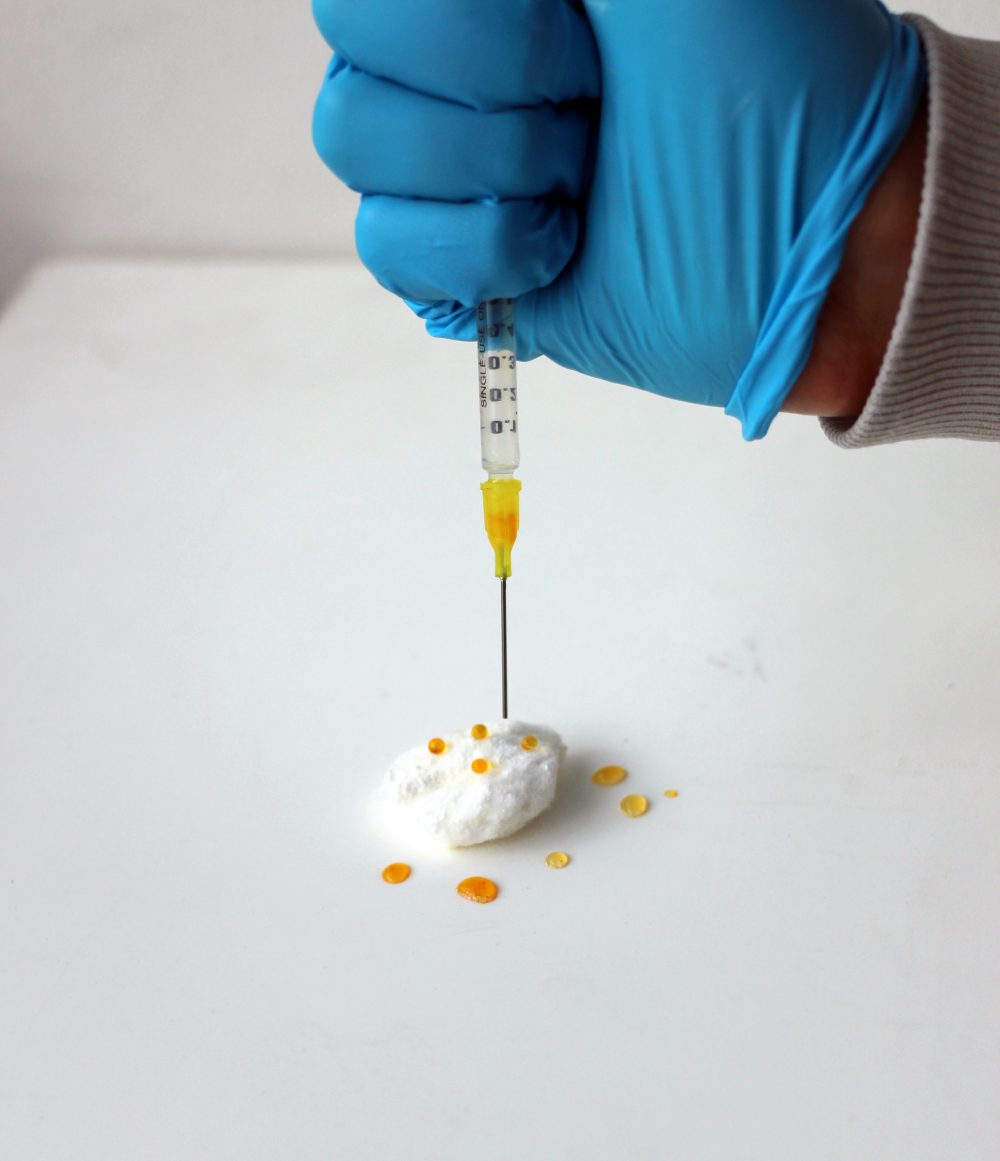IIT Guwahati Researchers Show How Oil-Spills Can Be Removed Using Cotton!
The medical cotton, which is extremely water absorbing, was turned into a superhydrophobic material, which is extremely water repellent.

The Department of Chemistry at the Indian Institute of Technology (IIT) Guwahati have demonstrated a material that can absorb oil at least a 100 times repeatedly.
A team of researchers led by Dr Uttam Manna removed up to 95% of oil spills using superhydrophobic medical cotton, with oil of both light and heavy densities.
The medical cotton, which is extremely water absorbing, was turned into a superhydrophobic material, which is extremely water repellent and has water contact angle of 157 degrees, reports The Hindu.
Using this material, they absorbed oil in both air and underwater.

The results, published in the Journal of Materials Chemistry A, showed that the absorption efficiency was very high, which meant that one gram of the superhydrophobic cotton absorbed 20 grams of either heavy or light oils, the publication reported.
They can recover the absorbed oil through physical compression, but the superhydrophobicity remained intact no matter how much or how the cotton was compressed.
“The other important characteristic is its ability to absorb oil from three complex phases – light oil that floats in the air-water interface, sediment oil that settles at the bottom as it is heavy, and from the water-in-oil emulsion,” Dr Uttam told The Hindu.
The cotton, however, cannot remove oil efficiently from the oil-in-water emulsion but can do so from the water-in-oil emulsion. The researchers were also able to do selective filtration of heavy oil settled at the bottom under water. Dr Uttam added that making superhydrophobic cotton is simple with the help of a three-step process and is scalable.
Like this story? Or have something to share?
Write to us: [email protected]
Connect with us on Facebook and Twitter.
NEW: Click here to get positive news on WhatsApp!
If you found our stories insightful, informative, or even just enjoyable, we invite you to consider making a voluntary payment to support the work we do at The Better India. Your contribution helps us continue producing quality content that educates, inspires, and drives positive change.
Choose one of the payment options below for your contribution-
By paying for the stories you value, you directly contribute to sustaining our efforts focused on making a difference in the world. Together, let’s ensure that impactful stories continue to be told and shared, enriching lives and communities alike.
Thank you for your support. Here are some frequently asked questions you might find helpful to know why you are contributing?


This story made me
- 97
- 121
- 89
- 167











